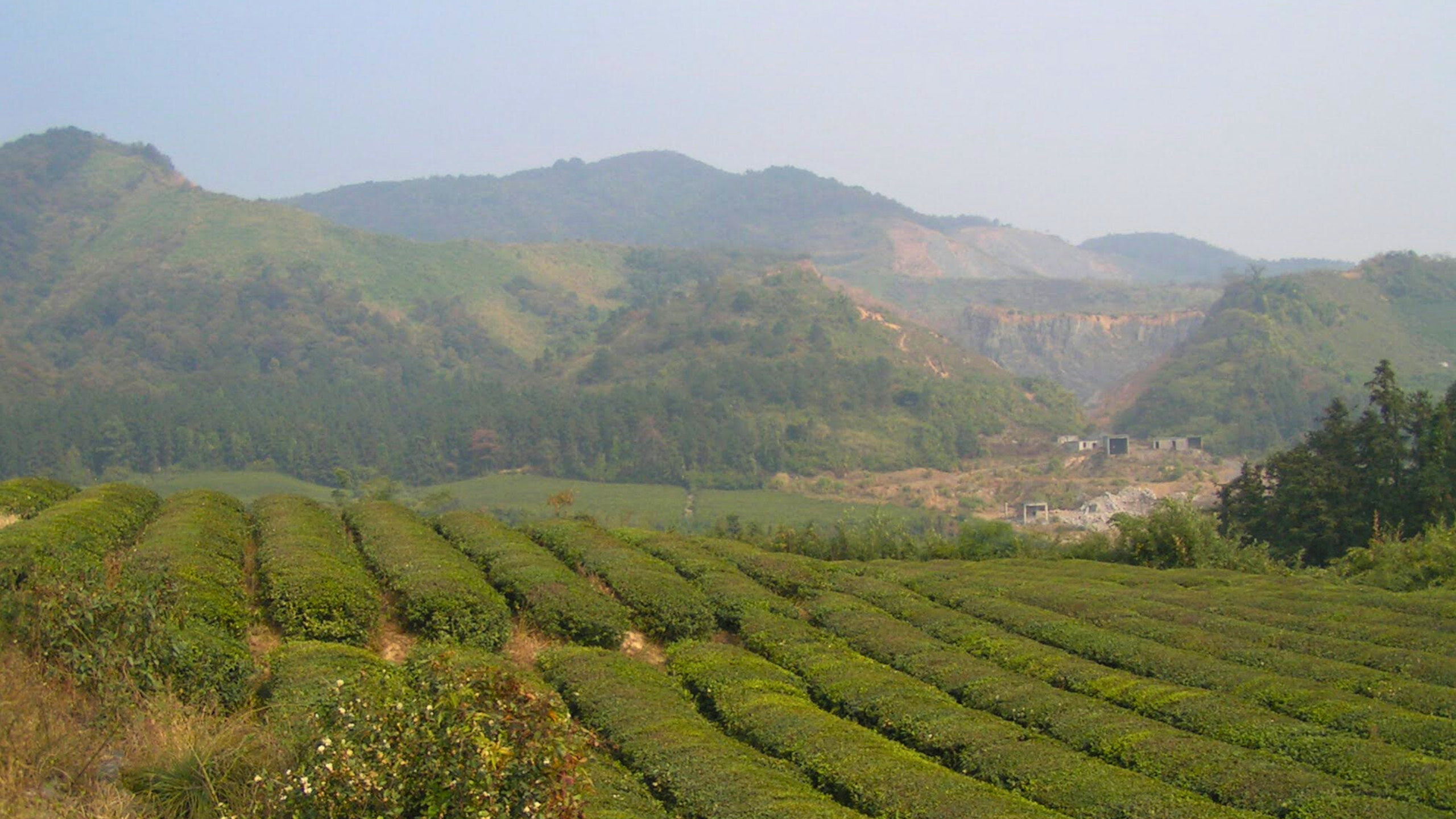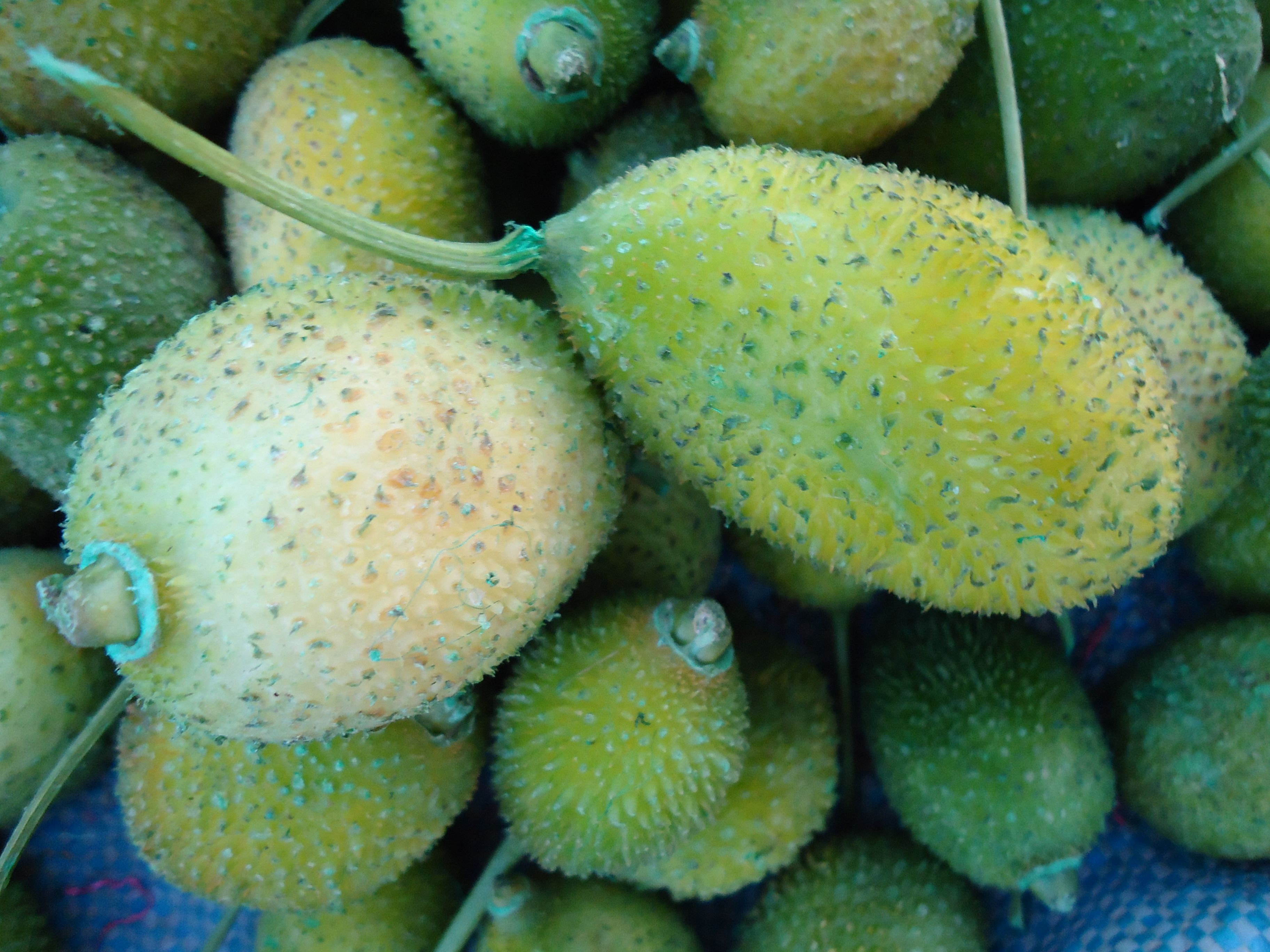The ancient history of 'forgotten crops'
A study by the newly formed Crop History Consortium (CHC) offers an archaeological perspective on the concept of 'forgotten crops'

The extent of human reliance on food production relative to hunting, fishing and gathering has increased markedly since the origins of agriculture over 10,000 years ago, and the repertoires of crops cultivated in different regions have changed dynamically.
Crops like bread wheat and sugar cane overcame the restricted natural distributions of their wild progenitors to become among the most widely grown plants on the planet.
Others, such as hulled wheats, several minor millets, and pili nuts are cultivated only in small pockets marked by rare microenvironments and cultural contexts.
These latter are often referred to as 'forgotten', 'underutilized', 'orphaned' or 'neglected' crops.
The phenomenon of ‘forgotten crops’ is of increasing interest to researchers because promoting their cultivation, conservation, and reintroduction could potentially contribute to global agrobiodiversity, living ecosystems and sustainable food production.
In recent times, the industrialisation and conglomeration of global agriculture are among the main factors contributing to agrobiodiversity loss, including the phasing out of many traditionally cultivated crops.
However, the trajectories of crop plants often have deep and varied histories spanning millennia and traversing continents.
Data on ancient crops, their past geographic distributions, domestication status, local significance, and interspecies diversity ought to constitute essential information for assessing policy proposals to reintroduce, expand, and promote forgotten crops.
One of the main sources for reconstructing such crop histories is the study of plant remains retrieved from archaeological excavations, or archaeobotany.
Archaeobotanical specimens are also increasingly subjected to follow-up analyses by trained specialists in other sciences, such as archaeogenetics.

The study by Fuks et al. on “Orphan crops of archaeology-based crop history research”, published in Plants, People, Planet, aims to systematically identify biases in food crop species represented in archaeobotanical research from the Mediterranean region to South Asia and among key follow-on analyses of ancient plant remains (geometric morphometrics, archaeogenetics, and stable isotope analysis).
The authors conducted a systematic literature and database search aiming to gauge crop species representativeness in these disciplines. From a list they compiled of over 250 crop plants known in this region prior to 1492 (which marked a new era in plant dispersals) the researchers identified over 50 species currently absent from the archaeobotanical record of this region. The authors label these ‘orphan’ crops of archaeobotany.
As explained in the paper, these crops were once cultivated and eaten by the people whom archaeologists study, but they have not yet made it into the archaeobotanical record.
Most of these absences are, unsurprisingly, due to limitations of preservation and identification of ancient plant remains as well as regional biases in the intensity of archaeobotanical research.
However, among the follow-on analyses, results suggest that crop history research may also replicate biases inherent in modern agriculture. For instance, wheat and maize, two of the most widely cultivated global crops, have been subject to more archaeogenetic studies than any other crop. This is probably due to a combination of factors: in part, their relative ubiquity in archaeobotanical assemblages of dryland regions which are most conducive to ancient DNA preservation, but also the fact that there is much more research interest in these global commodities.
The tendency of some areas of crop history research to focus on crops that are economically important in global markets today, leaves behind many other crops. Much of this research has focused on those crops that made it big on the global scale, like bread wheat, sugar cane, oranges and bananas.
“Despite the impression one might get from the research on historical crop diffusion,” write the researchers, “most crops did not diffuse widely, and we know relatively little about the crop histories of most. In this sense, most food cultivars are ‘forgotten’ crops.”

“In a counterfactual world, bitter melon (Momordica charantia), mountain yam (Dioscorea opposita) and Ceylon spinach (Basella alba) might have had the success that banana (Musa × paradisiaca), orange (Citrus × aurantium) and cucumber (Cucumis sativus) enjoy today”, write the authors.
Archaeobotanical research can be used to chart both expansions and contractions in distribution as well as cultural significance of crops throughout history.
This potentially offers a much deeper historical perspective on how some crops might have come to be marginalized and ‘forgotten’.
Indeed, crop history research sometimes goes against the grain and promotes underutilized crops, such as the ancient DNA study of huauzontle, a North American domesticated chenopod in the same genus as quinoa.
Scientific analyses applied to archaeobotanical remains, particularly through paleogenetics, are vital for understanding genetic and phenotypic diversity over time. Corresponding author and evolutionary biologist Muriel Gros-Balthazard (University of Montpellier) underlines that this approach can help uncover the valuable past diversity of 'forgotten’ crops - and its evolution through time - becoming an important asset for agricultural conservation and enhancing agrobiodiversity for sustainable farming.
"Stable isotope approaches in particular can reveal crop growing conditions, enabling us to reconstruct past management techniques (e.g. irrigation) and potential agricultural resilience," says Michelle Alexander, stable isotope specialist at the University of York and corresponding author.
“When we understand the ways in which the crop choices of today have grown out of millennial-scale historical processes we can really begin to think afresh about what the future of sustainable agriculture might look like,” says co-author Jérôme Ros (Institut des Sciences de l’Évolution de Montpellier).
The study by Fuks et al. is a first publication of the recently founded Crop History Consortium (CHC), dedicated to synthesis research on historical cultivation, usage, and geographic and evolutionary trajectories of crop plants, focusing on the Middle East and Mediterranean regions of the past 2,000 years.
“What we want to do with the CHC is to scale up crop history research to produce multi-regional, multi-period and multi-disciplinary syntheses which address the big picture without sacrificing the rigor and nuance that comes with detailed, micro-scale research”, says lead author Daniel Fuks.
“We hope that these syntheses will help focus future research efforts on key questions and knowledge gaps, while also facilitating interdisciplinary collaborations in crop history research. Our ‘Orphan crops’ paper is a key initial step at doing just that.”
This long-term approach to agricultural biodiversity continues a tradition of like-minded research coming out of the McDonald Institute for Archaeological Research, the Department of Archaeology and the University of Cambridge more generally. This includes pioneering work by Emeritus Prof. Martin Jones’ team on the domestication and dispersal of millets, as well as Food Globalisation in Prehistory. It also includes different projects on long-term agricultural change in India (TwoRains and Land, Water and Settlement projects, headed by Prof. Cameron Petrie, and the interdepartmental TIGR2ESS project). The Cambridge Global Food Security Initiative is a multi-departmental research group which promotes interdisciplinary approaches to the study of food systems.
The CHC grew out of the Moving Plants workshop on first-millennium CE crop diffusion in the Middle East and Mediterranean held at and funded by the McDonald Institute for Archaeological Research, University of Cambridge, in May 2022.
This was immediately followed by a seed meeting organised by Daniel and Jérôme and funded by the Higher Education, Research and Innovation (HERI) Department of the French Embassy in London, where the CHC was founded.
Since then, the CHC has prepared for publication the Moving Plants workshop proceedings, organized a special session at the 2023 European Archaeology Association conference on ‘Interdisciplinary Integration in Reconstructing Agricultural Crop Histories’, and now published its first collaborative interdisciplinary synthesis paper.
But the CHC is not only focused on academic outputs.
“We also plan to produce digital engagement tools for informing and engaging general audiences with knowledge on the histories and heritages surrounding crop plants, and their relationship to global challenges concerning biodiversity and food security”, says the team.
By synthesising crop history research and making it accessible to wider audiences, the CHC aims to fulfil an important gap in archaeologically- and historically-informed efforts to conserve agrobiodiversity and agricultural heritage.



Seeds of some of archaeobotany’s orphan crops: Guar bean (Cyamopsis tetragonoloba), Lovage (Levisticum officinale), and noog (Guizotia abyssinica) | Image: Frijda Schmidt
Seeds of some of archaeobotany’s orphan crops: Guar bean (Cyamopsis tetragonoloba), Lovage (Levisticum officinale), and noog (Guizotia abyssinica) | Image: Frijda Schmidt

Baripada street market vegetable sale, including greater yam (Dioscorea alata) and lesser yam (D. esculenta), Odisha, India | Image: Dorian Fuller
Baripada street market vegetable sale, including greater yam (Dioscorea alata) and lesser yam (D. esculenta), Odisha, India | Image: Dorian Fuller

Roselle (Hibiscus sabdariffa) | Image: Dorian Fuller
Roselle (Hibiscus sabdariffa) | Image: Dorian Fuller

Ground baobab leaves on a traditional dish | Image: Philippa Ryan
Ground baobab leaves on a traditional dish | Image: Philippa Ryan
The paper is published in the Plants, People, Planet here. Full citation below:
Fuks, D., Schmidt, F., García‐Collado, M.I., Besseiche, M., Payne, N., Bosi, G., Bouchaud, C., Castiglioni, E., Dabrowski, V., Frumin, S., Fuller, D.Q., Hovsepyan, R., Muthukumaran, S., Peña-Chocarro, L., Pérez Jordá, G., Ros, J., Rottoli, M., Ryan, P., Spengler, R., Stevens, C.J., Valamoti, S.M., Weiss, E., Alexander, M., Gros-Balthazard, M. 2024. Orphan crops of archaeology-based crop history research. Plants, People, Planet. https://doi.org/10.1002/ppp3.10468
The research was funded by the Marie S. Curie International Fellowship (Project CroProLITE, no. 101025677).
Published 22 January 2024
The text in this work is licensed under a Creative Commons Attribution 4.0 International License


